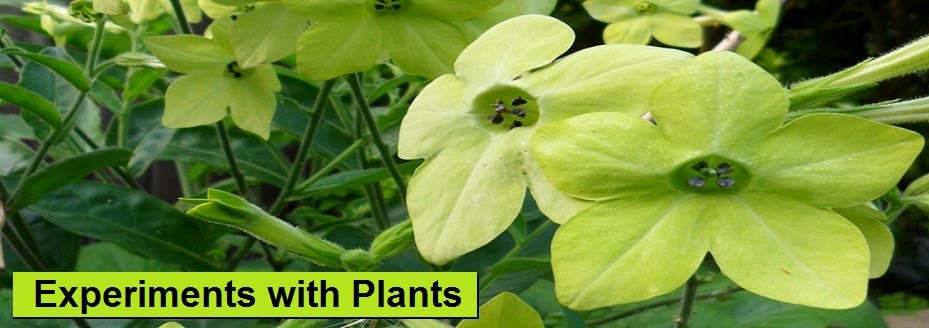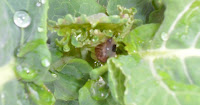It took a bit of research to classify this shrub. I started by googling "photos of plants with red berries". The closest photo was gaultheria (wintergreen, teaberry) which, I was delighted to read, is a minty flavouring for ice-cream and chewing gum. It belongs to the ericaceae family (cranberry, blueberry, heathers & rhododendron are grouped under the same umbrella). However, there was a slight doubt in my mind because other pictures of gaultheria seemed to have racemes of flowers whereas my shrub has buds bunched close to the leaves.
Therefore, I classified this shrub as skimmia japonica reevsiana. It, along with citrus fruit bearing plants, belongs to the family rutaceae. I had hardly noticed this evergreen shrub with its long-lasting flowers, berries and buds until now because it lay close to the ground next to an attention-seeking camellia bush. I decided to move it to my new central flower bed so it would have a more prominent position. As I dug it up, I noticed a white label sticking out - it read "skimmia ....". Maybe I'll check for labels before tasting next time.
On the subject of Experiments with Plants, this was not my original title for this blog. It was going to be Born-Again-Gardener (hence my profile name b-a-g) due to my renewed interest, however when I checked just in case anyone else happened to have the same idea, I found over 4000 entries. Every other title I could think of had already been used. In the end, I gave up trying to think of a unique title and settled to tell it like it is, which leaves me wondering : What can I possibly write about gardening which hasn't already been written? On the other hand, it's nice to know that there are so many like-minded people out there with similar thoughts, who share the same passion. All of the gardening blogs that I have read convey the message that gardeners are lovely people and I'm proud to be in their fellowship.

